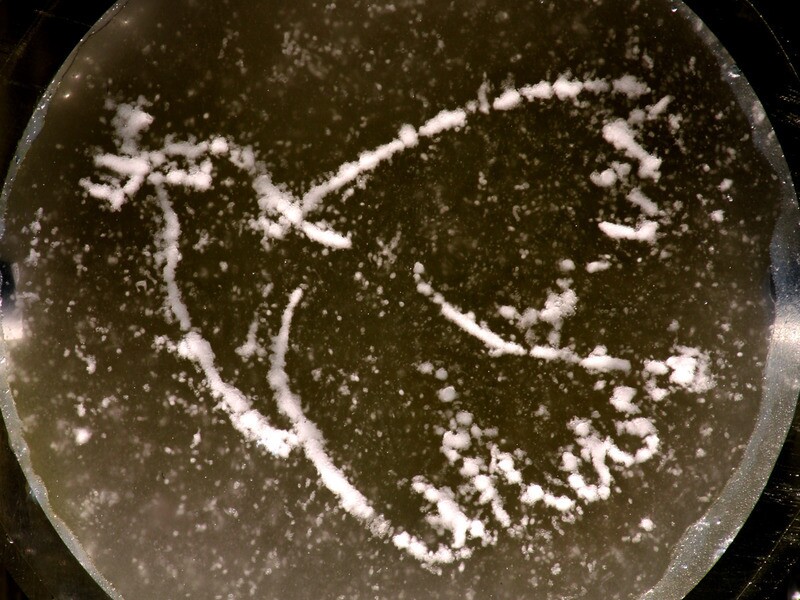Newly-developed acoustic technologies used to move particles and create haptic feedback in mid-air have stirred the imagination of many researchers. Unfortunately, the complexity of the equipment required to perform these functions has meant that air-shaping technology has been somewhat expensive and difficult. Now researchers in Germany have created a simple system that uses printed plastic templates and ultrasonics to move and manipulate particles using holograms made of sound.
The advancement was developed under the guidance of Professor Peer Fischer of the University of Stuttgart, and Research Group Leader at the Max Planck Institute for Intelligent Systems. Fischer doesn't generally work on acoustics but, rather, on nanorobots (such as his swimming "scallop" nanobots we reported on last year) and ways to develop new nanofabrication methods.
"However, we were looking for a way to move large numbers of microparticles simultaneously so that we could assemble them into larger, more complex structures," said Professor Fischer.
To alter and control an acoustic wave's three-dimensional structure, researchers usually rely on a phased array transducer, such as the one used in the Bristol University ultrasonic haptic feedback system. Such a device consists of a matrix of many acoustic transducers that individually emit sound with varying phase delays to create a sonic "image." The complexity and expense of the electronics commanding all of these transducers is a limiting factor to the ease of integration of such systems, and the physical size of each transducer also limits the degree of fine detail that can be imparted onto the sonic image.

Not so for the new system, however. Using plastic templates created in a 3D printer, the researchers are able to finely control their sonic holograms. They do this by scanning a particular shape or pattern on a computer and reproducing it as a 3D template. When ultrasonic sound is reflected from the template, it produces sound pressure waves in the shape of the printed item. When these pressure waves travel through liquid with microparticles suspended in it, the particles line up as a reflection of the transmitted shape. The researchers demonstrated this by recreating the shape of Pablo Picasso's Dove of Peace.
The researchers also showed that their new technology can produce 3D images by creating a holographic stack of images and that, given the right template, can also make microparticles move a particular way.
This was demonstrated by using a sound-pressure hologram to generate a circular crest on the surface of the water which gave the appearance of a ripple created by a stone thrown into the water, but frozen in time. A particle was then directed by the reflected sound pressure to the crest of the ripple and made to surf along its perimeter for as long as the ultrasound was switched on.
"While our technology does not dynamically modify the three-dimensional structure of the sound field, it can nevertheless cause dynamic motion," said Fischer. "We are surprised that nobody has come up with this idea before."
"Such contact-free methods to move particles using sound could be interesting as a material transporter for process engineering," added Kai Melde, a PhD student on the team.
The researchers believe that their acoustic holograms are more than just another way to manipulate particles in nanomaterial experiments; holograms might also be used with ultrasound in medical technologies or in material testing.
"There's a great deal of interest in using our invention to easily generate ultrasound fields with complex shapes for localized medical diagnostics and treatments," said Fischer. "I am sure that there are a lot of (other) areas that could be considered."
The results of this research were published in the journal Nature.
The video below shows the acoustic hologram system in action.
Source: Max Planck Institute





